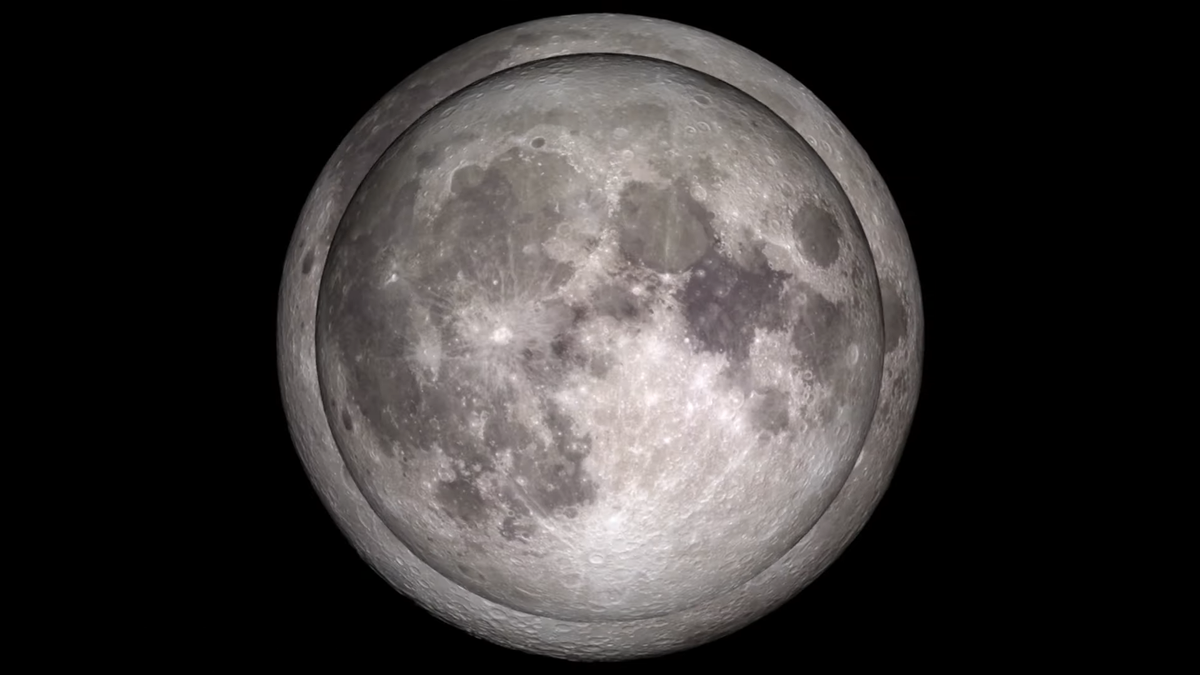Get ready for a celestial treat this September as the Full Harvest Moon graces the sky with not just its usual brilliance, but also as a slightly larger-than-average “supermoon.” Adding to the spectacle, this particular full moon will coincide with a partial lunar eclipse on the evening of September 17, 2024.
The Significance of the Full Harvest Moon Supermoon
September’s Full Harvest Moon is set to be a showstopper. While all full moons are mesmerizing, this one stands out for two reasons: it’s a supermoon, meaning the moon will be closer to Earth and appear larger than usual, and it will undergo a partial lunar eclipse.

Where and When to Watch the Partial Lunar Eclipse
The partial lunar eclipse will be visible across various regions, including most of North America, South America, Europe, parts of Africa, western Asia, and Antarctica. As the moon rises on September 17, those in these regions will witness a fascinating phenomenon as Earth’s shadow partially covers the moon.
For viewers in the Eastern U.S., the peak of the eclipse, when the moon is most obscured by Earth’s umbra, will occur around 10:44 p.m. EDT. In Europe and Africa, the eclipse will be best viewed in the pre-dawn hours of September 18, with London experiencing the greatest coverage at approximately 3:45 a.m. BST.

Understanding the Supermoon and Lunar Eclipse
A “supermoon” occurs when the moon reaches its closest point to Earth, known as perigee, during its elliptical orbit. While this can make the moon appear slightly larger, the difference might be subtle to the unaided eye. However, it’s the combination of this supermoon with a partial lunar eclipse that makes September’s event truly special.

Lunar eclipses happen when Earth positions itself between the sun and the moon, casting a shadow over our natural satellite. Although this eclipse is only partial—with the upper portion of the moon entering the darkest part of Earth’s shadow, the umbra—it still offers a unique viewing experience. The moon’s surface will reveal a stunning contrast, particularly through a telescope or binoculars, where you can observe the subtle details of its craters and other features.
What to Expect During the Eclipse
During the eclipse, most of the moon’s visible surface will lie within Earth’s penumbra, the lighter part of the shadow. This will give the moon a reddish-brown tint with a slightly blurred appearance. The upper part of the lunar disk, however, will be more deeply shadowed, providing an intriguing contrast that highlights the moon’s topography.

How to Make the Most of This Celestial Event
No matter where you are, the moon never ceases to amaze. If you’re looking to get an even closer view of the moon during the eclipse, consider using a telescope or a good pair of binoculars. For those interested in capturing the moment, our guides on the best telescopes, best binoculars, and tips for photographing the moon can help you prepare.

Conclusion
Don’t miss this rare opportunity to witness the Partial Lunar Eclipse of the Harvest Moon Supermoon on September 17, 2024. Whether you’re a seasoned skywatcher or a casual observer, this event promises to be a memorable highlight of the year’s astronomical calendar. For more skywatching tips and upcoming celestial events, be sure to check our night sky guides and monthly skywatching calendar.








